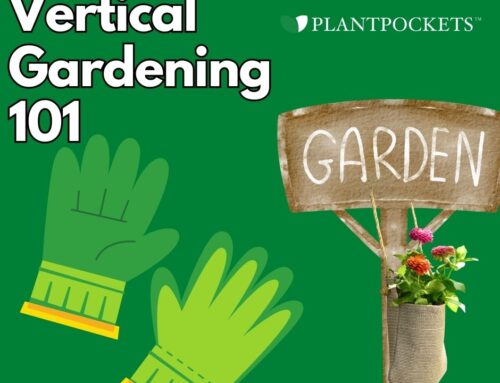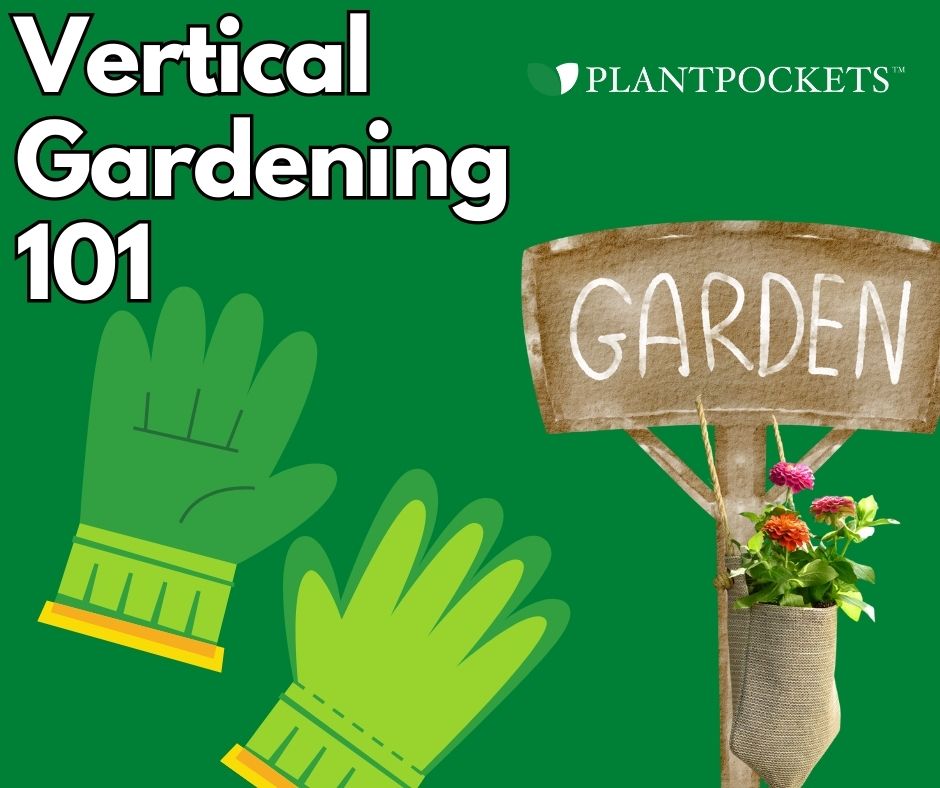What Type Of Maintenance Goes Into Vertical Gardening?
Vertical gardening utilizing PLANTPOCKETS™ Vertical Grow Bags can be a fantastic solution for people with limited horizontal space. Just like with traditional gardening though, to keep your vertical garden healthy and thriving, regular maintenance is still essential. Here are a few things to consider when taking on this new hobby:
- Watering:
- Consistent Watering: Vertical gardens typically require more frequent watering than traditional gardens due to their vertical orientation, which can lead to faster drying of the soil.
- Light:
- Sunlight: Ensure your vertical garden receives adequate sunlight. Different plants have different light requirements, so choose plants that are suitable for the available light conditions.
- Soil and Fertilization:
- Quality Soil: Use high-quality potting mix or soil as draining is very important when it comes to vertical gardens.
- Fertilization: Regularly fertilize your plants. With the confined space that they are in, nutrients can get depleted more quickly.
- Plant Selection:
- Choose Wisely: Select plants that are suitable for vertical gardening. Some plants naturally grow downwards, making them excellent choices for vertical gardens. Some examples of these are strawberries, trailing petunias, and certain varieties of tomatoes.
- Pruning and Training:
- Pruning: Regularly prune your plants to control their size and shape. Pruning also encourages bushier growth and more flowers or fruits.
- Training: Train vining plants to grow vertically. Use trellises, stakes, or cages to support the plants and guide their growth upward.
- Pest and Disease Management:
- Regular Checks: Like with a typical garden, it is important to inspect your plants regularly for signs of pests or diseases. Catching problems early can prevent them from spreading.
- Monitoring and Adjusting:
- Monitor Growth: Keep an eye on how your plants are growing. If some are not thriving, investigate and make necessary adjustments to light, water, or position.
- Seasonal Adjustments: Recognize that the needs of your vertical garden might change with the seasons. Be prepared to adjust your care routine accordingly.
By following these guidelines and tailoring them to the specific needs of your plants will help maintain a lush and healthy vertical garden that you can enjoy on a daily basis.





